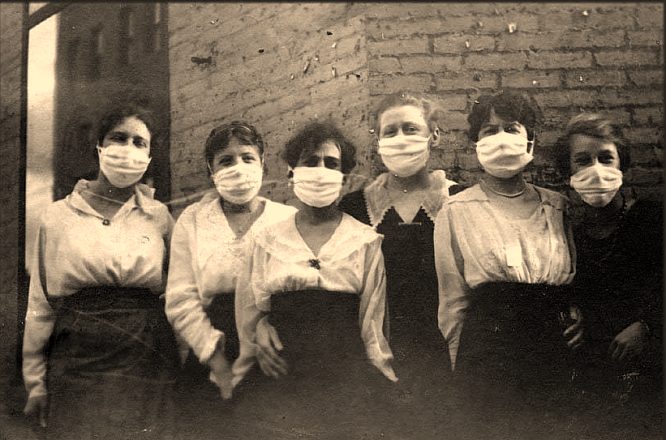

Life has been so busy these last few weeks that I haven’t been able to post. It’s been work, kids, volunteer activities, all compounded by a broken computer. My Acer laptop has conked out on me twice in the past 18 months. It’s not a good feeling when your book is stored on the hard drive. Luckily, I’ve gotten much better at backing up my data. I learned that one the hard way.
I’ve gotten to delve into the 1918 flu pandemic that killed anywhere from 20 to 100 million people worldwide. The grandson of the man I am writing about, Isaias Hellman, was stationed in an Army camp near Waco, Texas when he came down with the flu. It progressed into pneumonia and he almost died. His niece and her husband did die, leaving two orphaned boys.
Hellman’s grandson was one of the lucky ones. This flu not only attacked the very young and the very old, but healthy young adults in their twenties and thirties. It would start with the familiar aches and chills but then the body would hemorrhage and the lungs would fill up with fluid. Sometimes people would be healthy in the morning and dead by night.
The flu hit the Bay Area in late September/early October. It was the height of World War I and the papers did not want to panic the populace. So they downplayed the issue. The Chronicle did not put a story on the epidemic on the front page until October 25, a week after the Board of Health ordered all schools, churches, and theaters closed and a day after the Board of Supervisors ordered everyone to wear gauze masks. About 3,500 people died in San Francisco.
It’s so much fun to do these mini-history courses and then put them in the book. I went and read various newspapers of the time, found letters describing the epidemic and San Francisco’s deserted streets and even found official government health reports on the Internet. I’ve gotten to do these mini-research seminars throughout the writing of the book. I’ve learned about the Nevada Silver boom of 1859, the settling of Lake Tahoe, the San Francisco graft trials, the San Francisco earthquake, the history of Jewish emigration to the U.S., the social mores of upper class women, and the development of banking in the West.
There have been so many fun tidbits I’ve learned. Did you know Delmonico’s restaurant in New York pioneered the a la carte menu? Before that diners had to take whatever the restaurant wanted to serve them. Did you know that most Californians scorned paper money and preferred to use gold coin? Did you know that in 1859 the predominant language spoken in Los Angeles was Spanish, followed by French? English came in a distant third. Did you know that Los Angeles favored the Confederacy during the Civil War? San Franciscans were for the Union.
Now I know that more than 650 women in UC Berkeley’s Home Economics Department made 8,500 gauze masks within three days. Each mask was four layers thick and took 15 minutes to sew.
Maybe I should apply to be on Jeopardy!


No comments:
Post a Comment